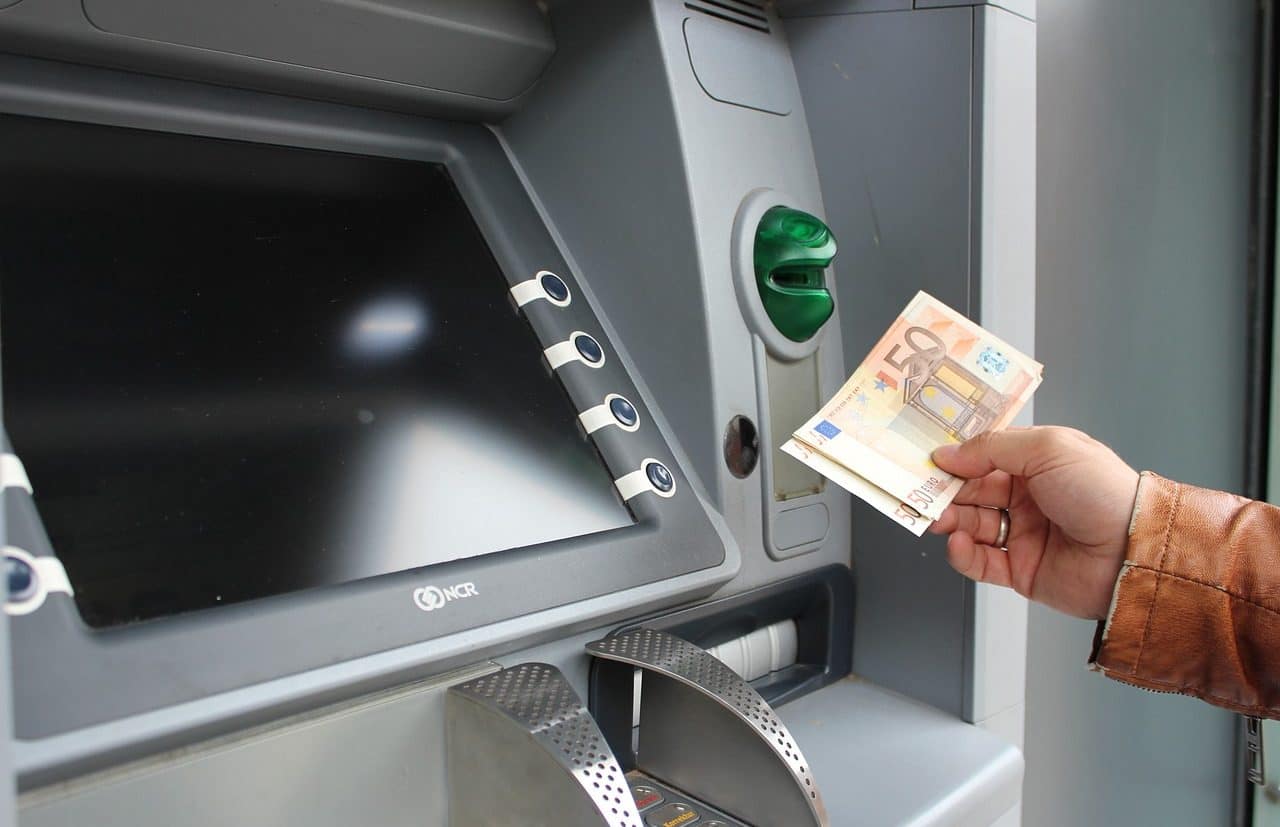
An ATM is a machine that can perform certain tasks typical of a bank employee in charge of a cash register.
An ATM is a machine capable of performing certain functions typical of a bank worker in charge of a cash register. To use these devices, it is usually necessary to insert a magnetic card along with a key that guarantees the customer's security , although some of the operations do not require the use of the card.
It should be noted that ATM is a concept with several uses. The term, which derives from the Latin capsarius , can be used to name the individual who manages a cash register (the place or machine where values, especially money, are kept) in a commercial establishment. Something automatic , on the other hand, works partly or entirely on its own.
Using an ATM
Once the user has identified themselves in the ATM system with their card and password, they can begin to operate with their bank account .
To do this, you must give instructions to the machine using a keyboard or by pressing the options indicated on the computer screen. In this way, the customer has the possibility of asking the ATM to give him cash or to show him the latest movements that have been carried out on the account, for example.

Withdrawing money from a bank account is one of the most common operations at an ATM.
Operations that can be performed
Automatic teller machines, which are also usually called ATM by the acronym that corresponds to the English expression Automated Teller Machine , ultimately allow certain banking operations to be carried out without the intervention of the entity's staff. Generally, since they have a printer, it is possible to obtain a printed document that records the operation carried out.
Among the numerous operations that we can carry out with the help of an ATM are the following:
- Update our savings book, something that is not used in all countries.
- Extracting cash from our bank or debit account, one of the most common operations.
- Manage account passwords, whether we want to remember them or change them.
- Buy and collect tickets for different events, according to the promotions that the bank makes available to its clients.
- Recharge transportation vouchers, telephone cards and wallet cards (a micropayment system used for low-amount purchases that require security and speed).
- Enter money into the account, previously placing it in an envelope that the cashier himself gives to the customer with the pertinent instructions.
- Make transfers, both national and international.
- Pay utilities.
Advantages and disadvantages of ATMs
Among the advantages that ATMs offer are the possibility of carrying out operations beyond banking hours (and even during weekends) and the savings that banks have from not having to hire staff to provide these services .
One of its disadvantages, on the other hand, is the degree of security: while within the facilities of a bank, clients have trained personnel to defend them from potential attacks, ATMs are usually found on public roads, which is why they are not They offer no type of protection.
Its importance today
ATMs are a necessary element in daily life, although less and less in the most advanced cities. Although they offer us the possibility of having cash at any time, in many different geographical locations, the truth is that the marked trend towards the use of digital transactions and the volume of adoption that credit and debit cards have had in the Recent years mean that there are no longer many stores in which we must pay in cash .
In fact, buses in certain countries operate with NFC technology, which detects devices at short distances and allows payments to be made with a mobile phone.
